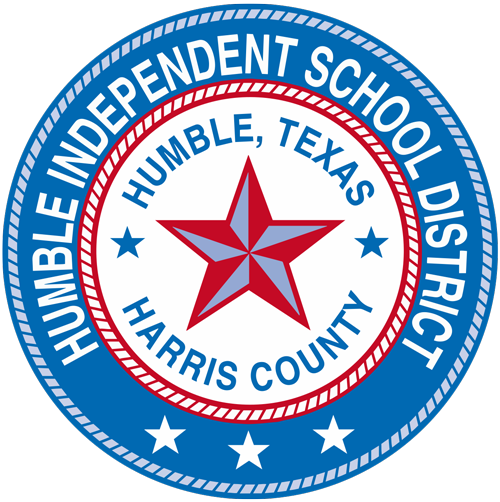Humble ISD Philosophy and Approach to Phonics Instruction
by Netta Whitaker, Director of Curriculum & Instruction
Humble ISD supports an approach to literacy instruction that gives attention to the five pillars of reading: phonemic awareness, phonics, vocabulary, fluency, and comprehension. These are essential components that students must understand and master on their journey to becoming proficient, sophisticated readers. If a student lacks in any of these, reading becomes difficult and laborious when it should be enjoyable and effortless. Humble ISD's instructional approach provides time and resources to fully implement and support systematic, explicit phonics instruction.
Phonics teaches students the relationships between letters and sounds. Once students understand the alphabetic principle, which is how letters and sounds work together, they begin to decode and encode words. They may begin with single-syllable words like cat or mop, then advance to much more complex words with multiple syllables like umbrella or volcano, digraphs like knock or chair, or vowel pairs like repeat or email to name a few.
The key elements of effective phonics instruction is that it is clear and sequential, progresses from simple to complex skills, includes direct teaching and modeling, and an opportunity for students to practice what they’ve learned. Humble ISD teachers have received extensive training and support over the last three years to build and support strong phonics instruction across the district. In 2020, the district began training teachers through the Reading Academy. Though this was a state-mandated program, we leaned into the opportunity to connect the learning from Reading Academy to Humble ISD’s vision. Teachers were immersed in high quality instructional strategies that would emphasize the explicit, systematic teaching of phonics and other components of literacy. Over the next two years, the district worked diligently to provide supplements to our instructional materials that would allow teachers to implement their learning which includes:
the addition of decodable texts. Decodables are a type of text that mainly focuses on the alphabetic code. The goal is to provide students with an opportunity to practice what they were taught by decoding words.
revising the phonics curriculum to reinforce a clear sequence and progression of skills for teaching and learning. This would ensure that there was a horizontal alignment within each grade level and a vertical alignment from one grade level to the next.
adding a structured phonics resource for every K-2 teacher. The additional resource provides teachers with guidance on the daily structure of phonics lessons along with embedded quick checks. Now, teachers can monitor and respond to their students’ progress in real time.
elevating our Literacy Assessment System to include a phonics assessment for grades K-2. This means that three times a year, teachers will sit next to each of their students to listen to them decode and encode grade level appropriate words. This allows teachers to determine if their instruction is successful and whether or not students are in need of extra support.
creating phonics cohorts that consist of K-2 teachers. In these cohorts, teachers are trained on the best practices in phonics instruction. They meet multiple times a year to become teacher leaders on their campus who help others in these areas.
Humble ISD supports and believes in sound phonics instruction. We understand how necessary it is for our students to become proficient readers, and we continue to see evidence of teachers and students engaged in this work across the district.

Photo: A kindergarten student at Lakeshore Elementary practices decoding texts with the short "u" sound.

Photo: Humble Elementary teachers provide explicit instruction using syllables to prepare students for decoding.

Photo: Lakeland Elementary students practice encoding words during a phonics lesson.

